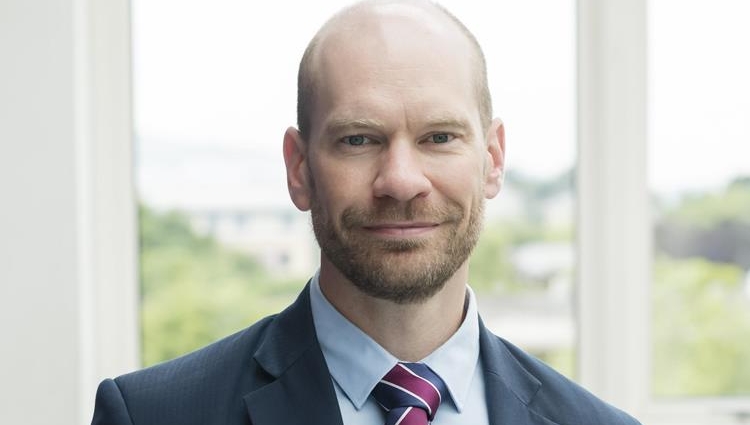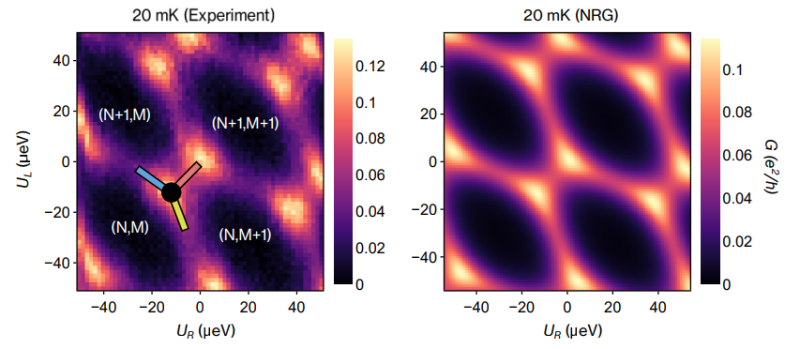Quantum simulation of exotic impurity models using nanoelectronics circuits
Publicado: 02/12/2022 - 07:09
Última modificação: 16/02/2023 - 16:17

Analog simulation provides a way to solve hard computational problems by building physical devices that mimic those problems. The history of such devices goes back at least 2000 years to the intricate clockwork mechanisms used to make complex astronomical predictions, before the advent of all-purpose digital computers. But today there remain many important problems that are intractable, even for the fastest supercomputers. An important class of such problems relates to simulating fundamental models of quantum matter, which underpin our understanding of nanoscale processes and bulk materials. Since universal quantum computers capable of tackling such problems are still far off, an emerging paradigm is to sacrifice generality for power by constructing devices with quantum components to perform analog quantum simulation.
However, a prerequisite for scaling up to simulators with meaningful power is to understand the basic nanoelectronic components from which they are built, and the interaction between such components in a quantum circuit. This involves characterizing simple devices in quantitative detail, validating theoretical models against experimental measurements -- in essence to simulate the simulators!
In this talk I discuss very recent experiments with nanoelectronics circuits involving coupled hybrid metal-semiconductor quantum dots, and the theoretical effort to model and understand them [1]. I show that novel interactions can be engineered in such systems, and this can be exploited to realize an exotic quantum impurity model that hosts a local free Z3 parafermion [2]. Distinctive conductance signatures predicted for the device are observed in the experiment. Finally, I discuss recent progress towards measuring the factional entropy associated with such fractional anyonic modes in quantum devices [3,4].
[1] arXiv:2108.12691
[2] arXiv:2210.04937
[3] PRL 129, 227702 (2022)
[4] PRL 128, 146803 (2022)
